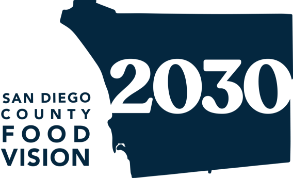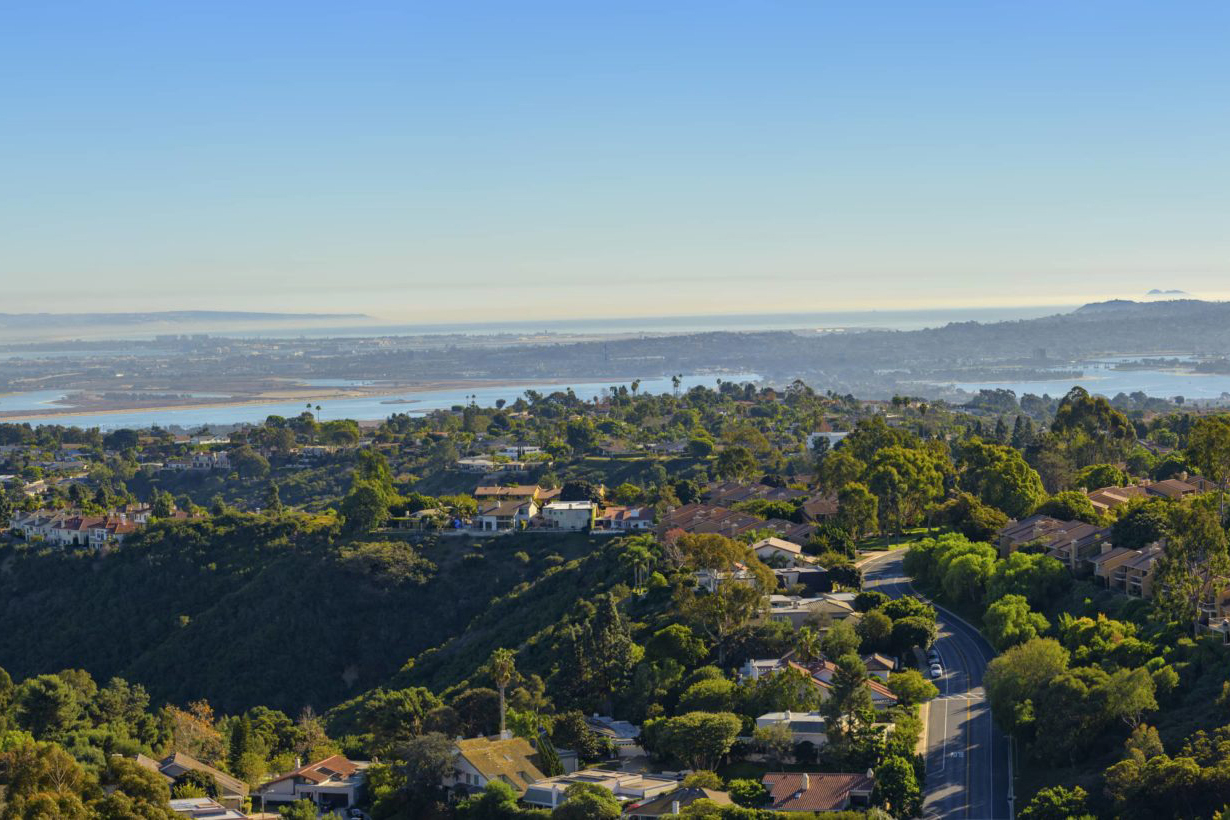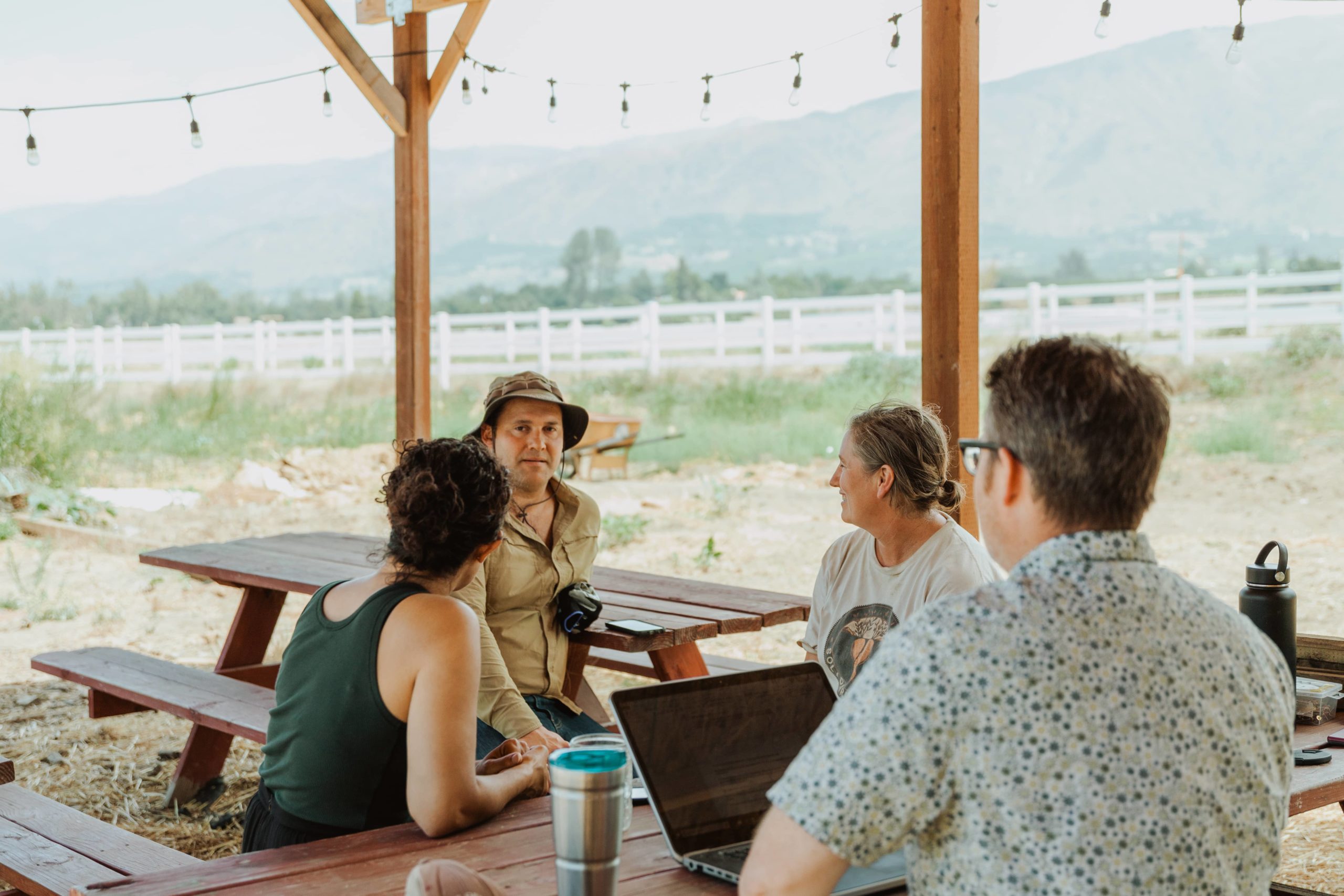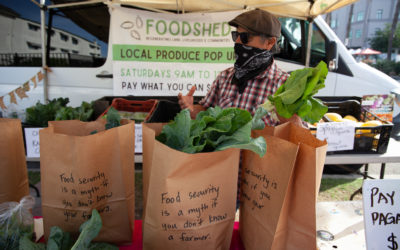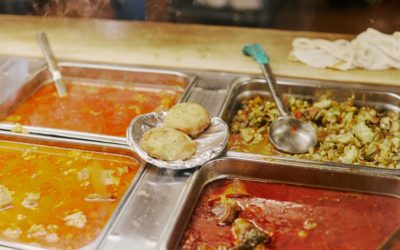Becoming a subscriber to Foodshed’s Fresh 5 program—a weekly distribution of fresh, seasonal produce, grown by the small farmers who make up the Foodshed cooperative—means you’re in for two surprises with every delivery. One is the produce itself: an ever-changing...
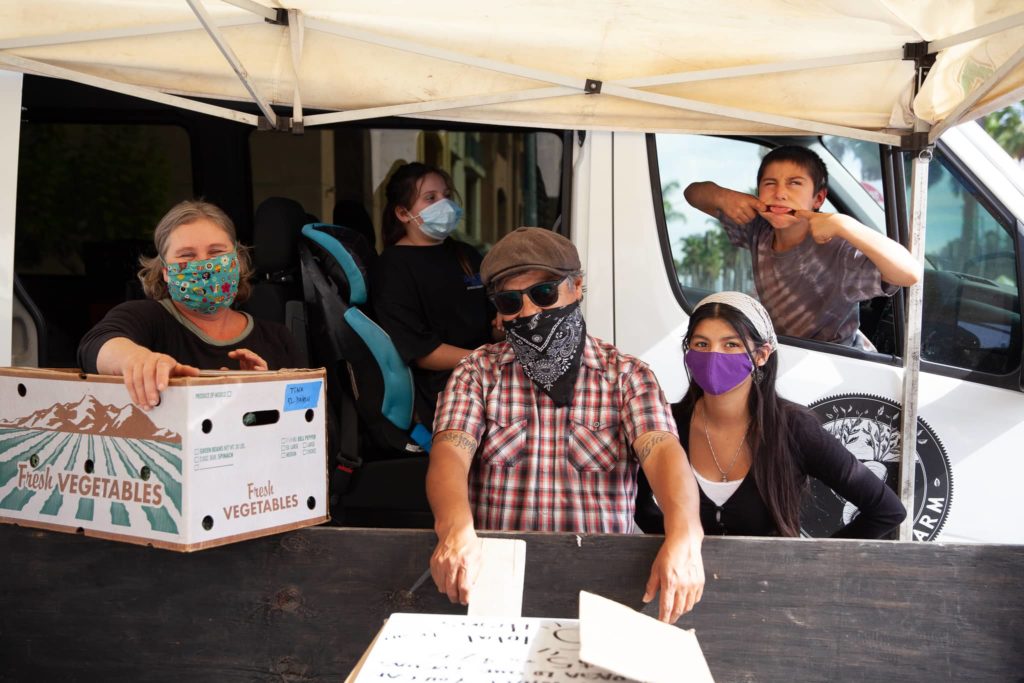
The Resilience Within Our Communities
The COVID-19 pandemic illustrated the many ways that the United States lacks the critical infrastructure to feed its own people, independent from the fragile, globalized food production and distribution system it relies on.
When the pandemic struck, small food producers across the country experienced an overwhelming surge in demand for local food, especially during the first three to six weeks of the shutdown. Suppliers in our region that once struggled to attract enough customers, scrambled to sell what they had available while increasing their production. For many of us, COVID brought the demand for local food that we always dreamed of, tugging on the sentiments that inspired many of us to pursue this calling in the first place.
Yet, it also evoked a feeling of unease and enormous pressure. Small producers learned the ways in which we, too, are dependent on a larger system—one that slowed, and in some cases, completely shut down. Inputs like seeds, soil amendment, animal feed, packaging, and season extension supplies were in limited stock, threatening many farmers’ day-to-day operations as well as the speed at which we were able to respond to the demand.
The panic that set in and drove this new demand for local food—once grocery stores were wiped out—also dictated who had access to this more-secure food source. Those with the knowledge of where and how to access local farms were served first, leaving lower-income customers, with fewer resources but arguably greater need, behind. This discrepancy highlights an already well-documented trend in which higher-income customers have greater influence and access to participation in the local food movement.
If we are to build a local and resilient food system that can serve all people in San Diego County and sustain itself, we must find ways to overcome this challenge of disparate access. One way many farms in San Diego have become able to do this is through public and private sector support that emerged with the pandemic to cover the costs or subsidize the price and delivery to serve lower-income residents. These types of solutions—if put in place not only in times of crisis—could help stimulate the local farm economy, ensuring we will be here all the time, especially when you need us most.
The pandemic has made many of us ponder the question: If regional and national supply chains were truly threatened, would San Diego County be able and ready to step up and feed people? Would we have the capital, the supplies, and the people power needed to do so?
What many of us producers have learned is that we do have tremendous capacity to feed our community with healthy, nutritious food, and there is great interest for new producers to enter into this field of work.
Producers’ work on the farm and on waterways never ends, so we need trained advocates to relay our voices and struggles—regular small business challenges coupled with working with a living, changing ecosystem—to a larger audience. We need resources to improve our systems and businesses, and to become more regenerative. We need to free up a fraction of our time to connect with and invite others onto the farm.
Support, now more than ever, can help our region build up crucial infrastructure for supplying a larger portion of our communities’ current and future food needs.
Kristin Kverland (KK) is a Founding Farmer at FoodShed Inc. and is actively farming at Solidarity Farm. KK has a Masters in Food Systems and Society, and a background in Urban Agriculture and Youth Education. As a farmer and mentor, KK works with small farmers and underserved communities to acheive a more equitable and just food system.
